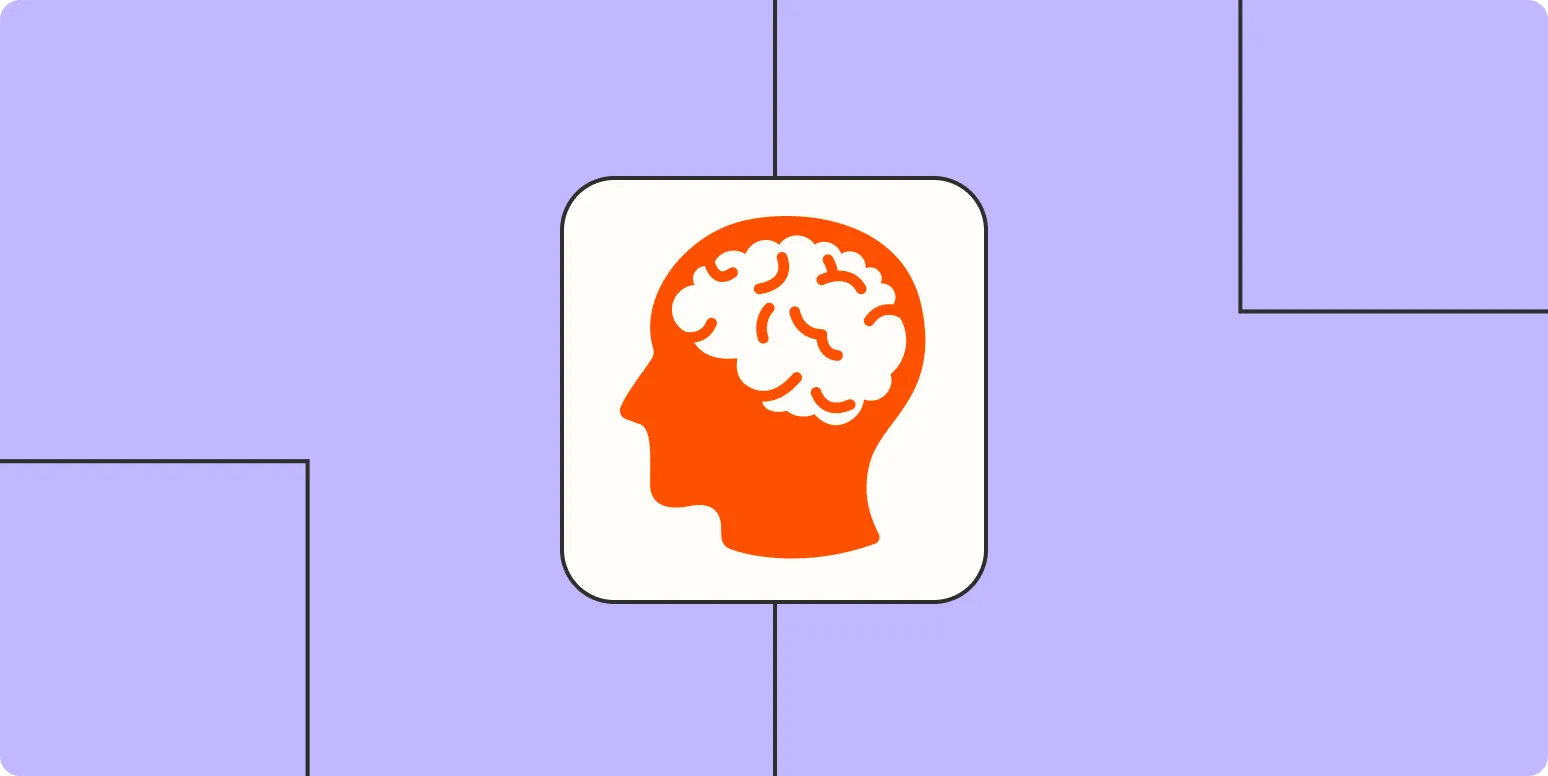In today's fast-paced world, many individuals often find themselves overwhelmed by the demands of daily tasks, especially those who are neurodivergent. Learning to ''automate'' certain processes can significantly enhance productivity and reduce stress. This article will explore the benefits of automation for neurodivergent individuals and provide practical steps to get started.
Understanding Neurodiversity
Neurodiversity refers to the concept that neurological differences, such as autism, ADHD, dyslexia, and other conditions, are a natural part of human variation. Understanding this can help in recognizing the unique strengths and challenges faced by neurodivergent individuals. One common challenge is managing time and tasks efficiently, which is where automation comes into play.
The Benefits of Automation for Neurodivergent Individuals
Automation can help neurodivergent individuals in numerous ways, including:
- Reducing Overwhelm: Automating repetitive tasks can free up mental space, allowing individuals to focus on more critical aspects of their work.
- Enhancing Efficiency: Automation tools can streamline workflows, making it easier to complete tasks in less time.
- Improving Consistency: Automated processes can help maintain consistency in performance, which is particularly beneficial for those who struggle with executive functioning.
Types of Automation Tools
There are various types of automation tools available that can cater to the needs of neurodivergent individuals. Below is a chart highlighting some popular options:
| Type of Automation Tool | Purpose | Examples |
|---|---|---|
| Task Management | Organize and prioritize tasks | Trello, Todoist, Asana |
| Email Automation | Manage and schedule emails | Mailchimp, Boomerang, Zapier |
| Social Media Management | Schedule and analyze social media posts | Hootsuite, Buffer, Later |
| Workflow Automation | Integrate and automate workflows | Zapier, IFTTT, Integromat |
Getting Started with Automation
For neurodivergent individuals looking to implement automation, here are some steps to consider:
- Identify Repetitive Tasks: Begin by listing tasks that you find repetitive or burdensome. These could be daily, weekly, or even monthly activities.
- Choose the Right Tools: Based on the tasks identified, research automation tools that best fit your needs. Consider starting with user-friendly options to avoid overwhelming yourself.
- Set Up Automations Gradually: Start with one or two tasks to automate. This gradual approach allows you to adjust without feeling overloaded.
- Evaluate and Adjust: After implementing automation, evaluate its effectiveness. If something isn’t working, don’t hesitate to adjust your approach or try different tools.
Common Challenges and Solutions
While automation has many benefits, it can also present challenges. Here are some common issues faced by neurodivergent individuals and potential solutions:
- Learning Curve: New tools can be daunting. Consider watching tutorial videos or seeking help from friends or online communities to ease the learning process.
- Over-Automation: Striking a balance is crucial. Automate only what you can effectively manage to avoid creating additional stress.
- Technical Issues: Be prepared for potential technical glitches. Have a backup plan for critical tasks that may not function as expected.
Resources for Further Learning
To automate effectively, it’s essential to continuously learn and adapt. Here are some valuable resources:
- Online Courses: Websites like Coursera and Udemy offer courses on automation tools and productivity techniques.
- Community Forums: Join forums or social media groups focused on neurodiversity and productivity. Sharing experiences can provide support and new ideas.
- Books: Look for books on productivity and neurodiversity to gain insights and strategies tailored to your unique needs.
Conclusion
Embracing automation can be a game-changer for neurodivergent individuals. By reducing overwhelm, enhancing efficiency, and improving consistency, automation allows for a more manageable and productive life. Start small, remain flexible, and remember that the goal is to create a system that works for you. With the right tools and strategies, you can transform your daily routines and thrive in both personal and professional environments.





